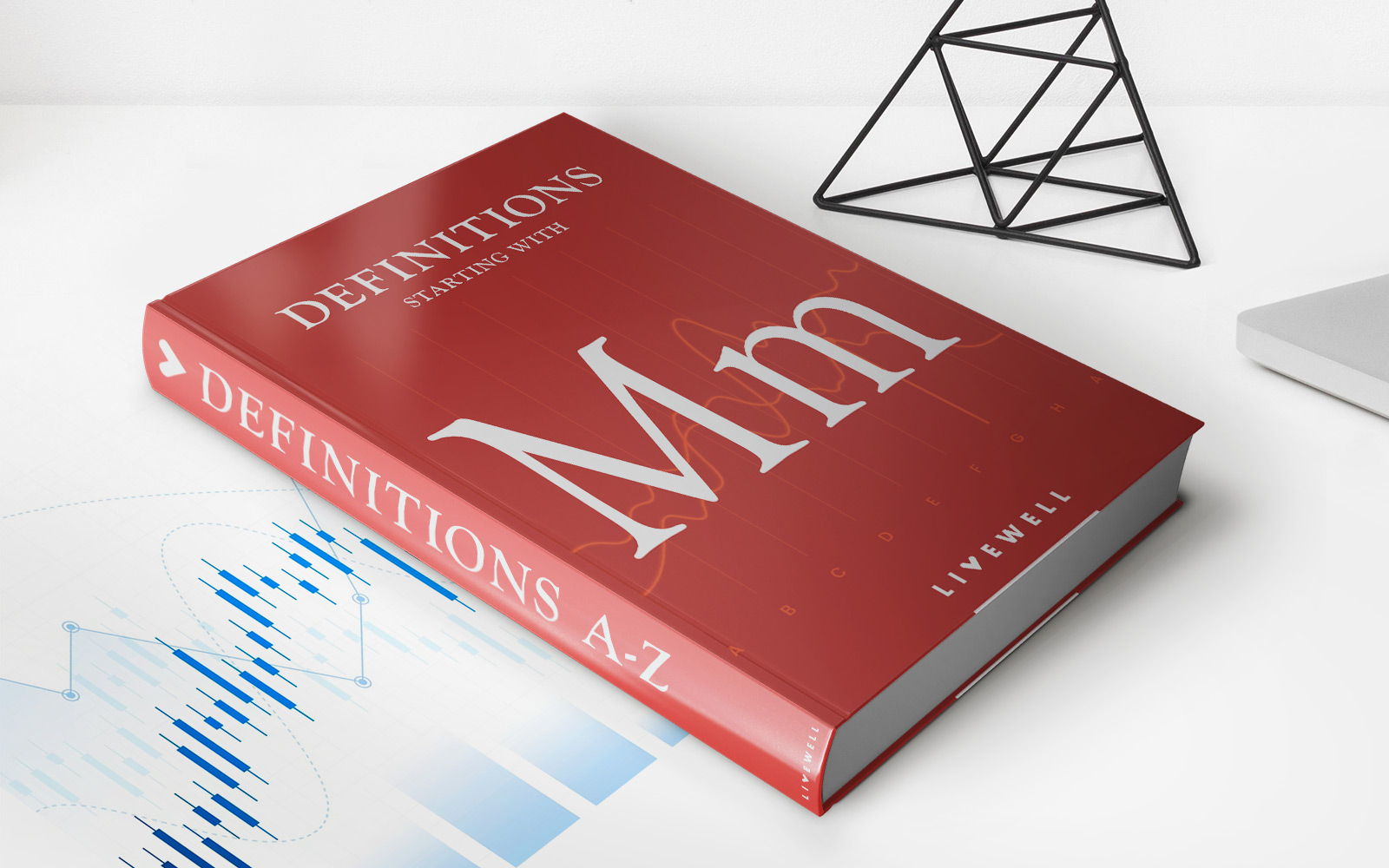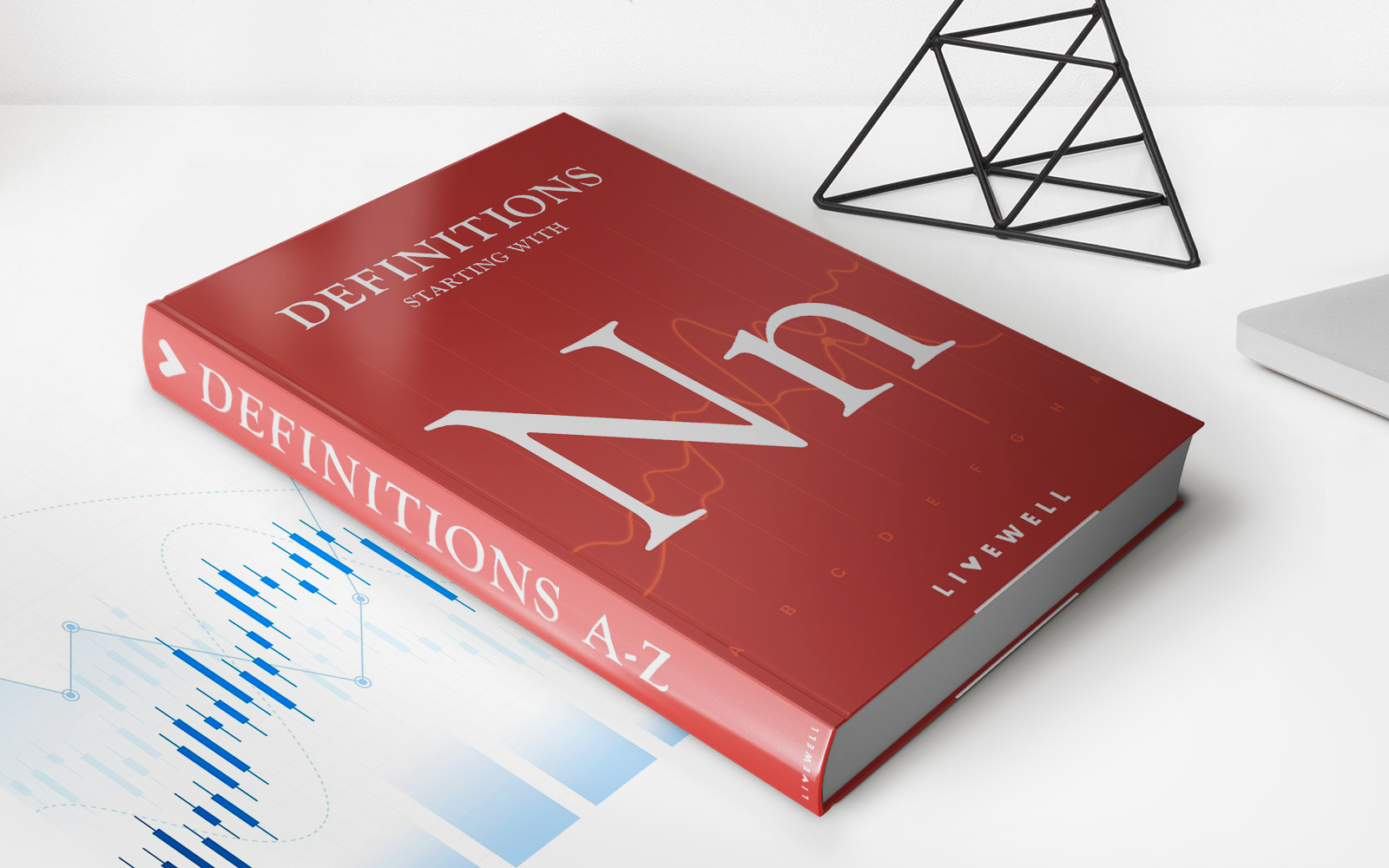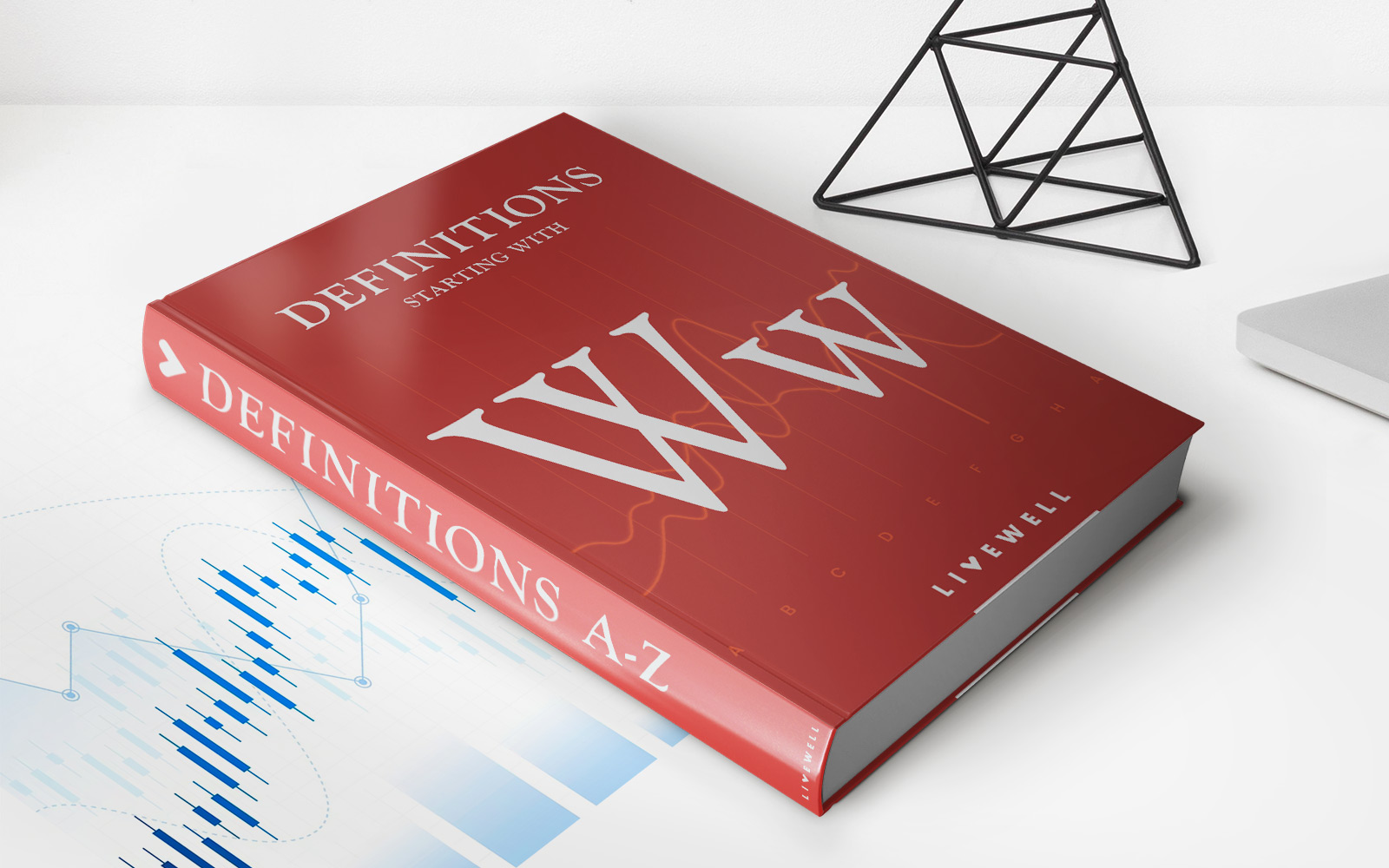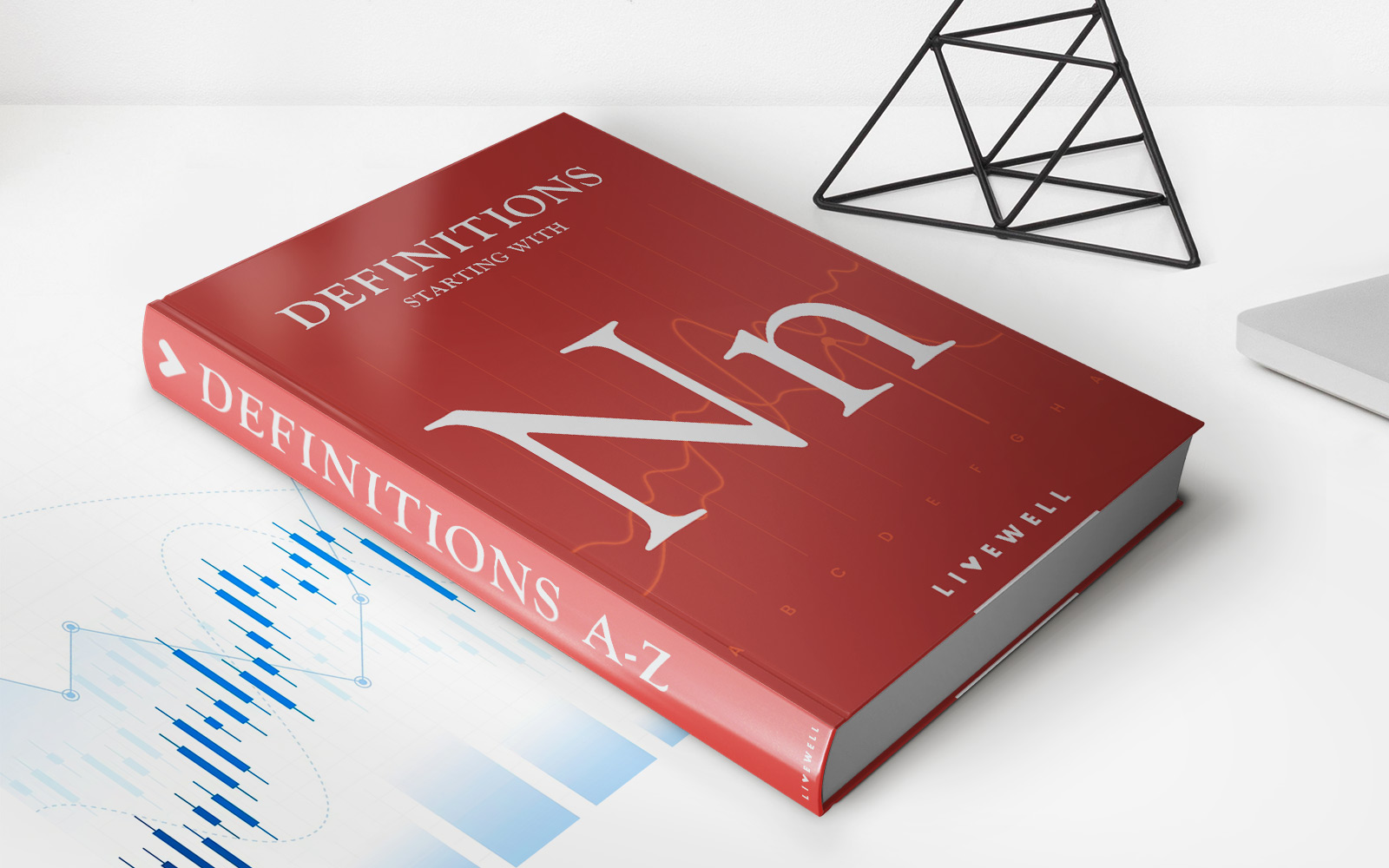Home>Finance>Merger: Definition, How It Works With Types And Examples


Finance
Merger: Definition, How It Works With Types And Examples
Published: December 24, 2023
Discover the definition and types of mergers in finance, along with real-life examples. Understand how mergers work and their impact on businesses.
(Many of the links in this article redirect to a specific reviewed product. Your purchase of these products through affiliate links helps to generate commission for LiveWell, at no extra cost. Learn more)
Finance: Understanding Merger – Definition, Process, Types, and Examples
Have you ever wondered what happens when two companies join forces to become one? Well, this business transaction is known as a merger. In the world of finance, mergers are a common occurrence and can have a significant impact on the companies involved, as well as the overall market. In this blog post, we will explore the definition of a merger, how it works, the different types of mergers, and provide some real-world examples.
Key Takeaways:
- A merger is a business transaction where two companies combine to form a single company.
- There are several types of mergers, including horizontal, vertical, concentric, and conglomerate mergers.
What is a Merger?
A merger refers to the process in which two or more companies merge their assets, operations, and stakeholders to create a new entity. It is a strategic decision made by companies to achieve synergies, share resources, expand market presence, or gain a competitive advantage. Essentially, a merger involves combining the strengths of two companies to create a stronger, more efficient, and more profitable entity.
How Does a Merger Work?
While the specific details of a merger can vary depending on the companies involved and their objectives, the general process typically involves the following steps:
- Strategic Planning: The companies involved identify the rationale and strategic objective for the merger, such as cost savings, market expansion, or increased efficiency.
- Negotiations: Once the intent for a merger is established, the companies negotiate the terms and conditions, including the exchange ratio of shares, valuation, and governance structure.
- Due Diligence: Both parties conduct a thorough analysis of each other’s financials, operations, legal matters, and other relevant factors to ensure transparency and minimize risks.
- Approval and Documentation: The merger plan, along with all relevant agreements, is presented to the boards of directors and shareholders for approvals. Legal documentation, such as merger agreements and Securities and Exchange Commission (SEC) filings, are prepared and executed.
- Integration: After approval, the companies begin the process of integrating their operations, systems, employees, and cultures. This can be a complex and time-consuming process that requires careful planning and execution.
- Post-Merger Analysis: Once the integration process is complete, the companies assess the success of the merger and monitor its impact on financial performance, customer satisfaction, and other key metrics.
Types of Mergers:
There are several types of mergers, each characterized by the relationship between the merging companies and the nature of the businesses involved. Here are the most common types:
- Horizontal Merger: This occurs when two companies operating in the same industry and at the same stage of the production or distribution process combine. For example, when two automobile manufacturers merge.
- Vertical Merger: In a vertical merger, companies operating at different stages of the production or distribution process merge. For instance, when a car manufacturer merges with a parts supplier.
- Concentric Merger: This type of merger involves companies in related industries or offering complementary products or services that can benefit from combining their operations. An example would be a software company merging with a cybersecurity firm.
- Conglomerate Merger: Conglomerate mergers occur when two companies from unrelated industries merge to diversify their business portfolios. For example, when a technology company merges with a food and beverage company.
Real-World Examples:
To illustrate how mergers can impact the business world, here are a few well-known examples:
- The Walt Disney Company and Pixar: In 2006, Disney acquired Pixar Animation Studios, combining two entertainment powerhouses and solidifying Disney’s position as a leader in animated movies.
- Exxon and Mobil: In 1999, Exxon and Mobil, two of the largest oil companies at the time, merged to create ExxonMobil Corporation, forming one of the world’s largest integrated oil companies.
- Amazon and Whole Foods: In 2017, Amazon acquired Whole Foods Market, enhancing its presence in the grocery industry and allowing for expanded operations in the retail space.
These examples highlight the strategic moves made by companies through mergers to gain a competitive edge, expand their market reach, or increase operational efficiency.
Conclusion
A merger is a significant event that can reshape the business landscape. By joining forces, companies can leverage their strengths, resources, and expertise to create a single entity that’s stronger than its individual parts. Understanding the process and types of mergers can provide valuable insights into the dynamics of the corporate world and the strategies employed for growth and success.
Keep an eye on our “Finance” category for more valuable insights into the world of finance, including topics like investment strategies, market trends, and financial planning.














